國(guó)際標(biāo)準(zhǔn)簡(jiǎn)稱:J HAPPINESS STUD
人氣 427
《Journal Of Happiness Studies》是一本專注于PSYCHOLOGY, MULTIDISCIPLINARY領(lǐng)域的English學(xué)術(shù)期刊,創(chuàng)刊于2000年,由Springer Nature出版商出版,出版周期8 issues per year。該刊發(fā)文范圍涵蓋PSYCHOLOGY, MULTIDISCIPLINARY等領(lǐng)域,旨在及時(shí)、準(zhǔn)確、全面地報(bào)道國(guó)內(nèi)外PSYCHOLOGY, MULTIDISCIPLINARY工作者在該領(lǐng)域的科學(xué)研究等工作中取得的經(jīng)驗(yàn)、科研成果、技術(shù)革新、學(xué)術(shù)動(dòng)態(tài)等。該刊已被SCIE、SSCI數(shù)據(jù)庫(kù)收錄,在中科院最新升級(jí)版分區(qū)表中,該刊分區(qū)信息為大類學(xué)科心理學(xué)2區(qū),2023年影響因子為3.1。
The international peer-reviewed Journal of Happiness Studies is devoted to theoretical and applied advancements in all areas of well-being research. It covers topics referring to both the hedonic and eudaimonic perspectives characterizing well-being studies. The former includes the investigation of cognitive dimensions such as satisfaction with life, and positive affect and emotions. The latter includes the study of constructs and processes related to optimal psychological functioning, such as meaning and purpose in life, character strengths, personal growth, resilience, optimism, hope, and self-determination. In addition to contributions on appraisal of life-as-a-whole, the journal accepts papers investigating these topics in relation to specific domains, such as family, education, physical and mental health, and work.
The journal welcomes high-quality theoretical and empirical submissions in the fields of economics, psychology and sociology, as well as contributions from researchers in the domains of education, medicine, philosophy and other related fields.
The Journal of Happiness Studies provides a forum for three main areas in happiness research: 1) theoretical conceptualizations of well-being, happiness and the good life; 2) empirical investigation of well-being and happiness in different populations, contexts and cultures; 3) methodological advancements and development of new assessment instruments.
The journal addresses the conceptualization, operationalization and measurement of happiness and well-being dimensions, as well as the individual, socio-economic and cultural factors that may interact with them as determinants or outcomes.
Central Questions include, but are not limited to:
Conceptualization:
What meanings are denoted by terms like happiness and well-being?
How do these fit in with broader conceptions of the good life?
Operationalization and Measurement:
Which methods can be used to assess how people feel about life?
How to operationalize a new construct or an understudied dimension in the well-being domain?
What are the best measures for investigating specific well-being related constructs and dimensions?
Prevalence and causality
Do individuals belonging to different populations and cultures vary in their well-being ratings?
How does individual well-being relate to social and economic phenomena (characteristics, circumstances, behavior, events, and policies)?
What are the personal, social and economic determinants and causes of individual well-being dimensions?
Evaluation:
What are the consequences of well-being for individual development and socio-economic progress?
Are individual happiness and well-being worthwhile goals for governments and policy makers?
Does well-being represent a useful parameter to orient planning in physical and mental healthcare, and in public health?
Interdisciplinary studies:
How has the study of happiness developed within and across disciplines?
Can we link philosophical thought and empirical research?
What are the biological correlates of well-being dimensions?
| 大類學(xué)科 | 分區(qū) | 小類學(xué)科 | 分區(qū) | Top期刊 | 綜述期刊 |
| 心理學(xué) | 2區(qū) | PSYCHOLOGY, MULTIDISCIPLINARY 心理學(xué):綜合 SOCIAL SCIENCES, INTERDISCIPLINARY 社會(huì)科學(xué):跨領(lǐng)域 | 2區(qū) 2區(qū) | 是 | 否 |
| 大類學(xué)科 | 分區(qū) | 小類學(xué)科 | 分區(qū) | Top期刊 | 綜述期刊 |
| 心理學(xué) | 2區(qū) | SOCIAL SCIENCES, INTERDISCIPLINARY 社會(huì)科學(xué):跨領(lǐng)域 PSYCHOLOGY, MULTIDISCIPLINARY 心理學(xué):綜合 | 1區(qū) 2區(qū) | 否 | 否 |
| 大類學(xué)科 | 分區(qū) | 小類學(xué)科 | 分區(qū) | Top期刊 | 綜述期刊 |
| 心理學(xué) | 2區(qū) | SOCIAL SCIENCES, INTERDISCIPLINARY 社會(huì)科學(xué):跨領(lǐng)域 PSYCHOLOGY, MULTIDISCIPLINARY 心理學(xué):綜合 | 1區(qū) 2區(qū) | 是 | 否 |
| 大類學(xué)科 | 分區(qū) | 小類學(xué)科 | 分區(qū) | Top期刊 | 綜述期刊 |
| 心理學(xué) | 2區(qū) | SOCIAL SCIENCES, INTERDISCIPLINARY 社會(huì)科學(xué):跨領(lǐng)域 PSYCHOLOGY, MULTIDISCIPLINARY 心理學(xué):綜合 | 1區(qū) 2區(qū) | 是 | 否 |
| 大類學(xué)科 | 分區(qū) | 小類學(xué)科 | 分區(qū) | Top期刊 | 綜述期刊 |
| 心理學(xué) | 3區(qū) | PSYCHOLOGY, MULTIDISCIPLINARY 心理學(xué):綜合 SOCIAL SCIENCES, INTERDISCIPLINARY 社會(huì)科學(xué):跨領(lǐng)域 | 2區(qū) 2區(qū) | 否 | 否 |
中科院分區(qū):中科院分區(qū)是SCI期刊分區(qū)的一種,是由中國(guó)科學(xué)院國(guó)家科學(xué)圖書館制定出來(lái)的分區(qū)。主要有兩個(gè)版本,即基礎(chǔ)版和升級(jí)版。2019年中國(guó)科學(xué)院文獻(xiàn)情報(bào)中心期刊分區(qū)表推出了升級(jí)版,實(shí)現(xiàn)了基礎(chǔ)版和升級(jí)版的并存過(guò)渡;升級(jí)版是對(duì)基礎(chǔ)版的延續(xù)和改進(jìn),將期刊由基礎(chǔ)版的13個(gè)學(xué)科擴(kuò)展至18個(gè),科研評(píng)價(jià)將更加明確。
| 按JIF指標(biāo)學(xué)科分區(qū) | 收錄子集 | 分區(qū) | 排名 | 百分位 |
| 學(xué)科:PSYCHOLOGY, MULTIDISCIPLINARY | SSCI | Q1 | 42 / 218 |
81%
|
| 學(xué)科:SOCIAL SCIENCES, INTERDISCIPLINARY | SSCI | Q1 | 18 / 263 |
93.3%
|
| 按JCI指標(biāo)學(xué)科分區(qū) | 收錄子集 | 分區(qū) | 排名 | 百分位 |
| 學(xué)科:PSYCHOLOGY, MULTIDISCIPLINARY | SSCI | Q1 | 26 / 218 |
88.3%
|
| 學(xué)科:SOCIAL SCIENCES, INTERDISCIPLINARY | SSCI | Q1 | 23 / 263 |
91.44%
|
JCR分區(qū):JCR(Journal Citation Reports)由科睿唯安公司(前身為湯森路透)開發(fā)。JCR沒有設(shè)置大類,只將期刊分為176個(gè)具體學(xué)科,也就是中科院分區(qū)中的小類學(xué)科。基于不同學(xué)科的當(dāng)年影響因子高低進(jìn)行排序,將期刊的數(shù)量均勻分為四個(gè)部分,Q1區(qū)代表學(xué)科分類中影響因子排名前25%的期刊,以此類推,Q2區(qū)為前25%-50%期刊,Q3區(qū)為前50%-75%期刊,Q4區(qū)為75%以后期刊。
CiteScore排名:
| 學(xué)科類別 | 分區(qū) | 排名 | 百分位 |
| 大類:Social Sciences 小類:Social Sciences (miscellaneous) | Q1 | 19 / 604 |
96%
|
CiteScore值計(jì)算方式:例如2024公布的CiteScore是將統(tǒng)計(jì)在 2020年-2023年間年所發(fā)表文章的引用次數(shù)除以在 2020年-2023年間所發(fā)表的發(fā)文總數(shù)。
CiteScore數(shù)據(jù)來(lái)源:是由全球著名學(xué)術(shù)出版商Elsevier(愛思唯爾)基于其Scopus數(shù)據(jù)庫(kù)推出的期刊評(píng)價(jià)指標(biāo)。CiteScore指數(shù)以四年區(qū)間為基準(zhǔn)來(lái)計(jì)算每本期刊的平均被引用次數(shù),并提供期刊領(lǐng)域排名、期刊分區(qū)的相關(guān)信息,它的作用是測(cè)量期刊的篇均影響力。
近年中科院分區(qū)趨勢(shì)圖
近年IF值(影響因子)趨勢(shì)圖
影響因子:是美國(guó)科學(xué)信息研究所(ISI)的期刊引證報(bào)告(JCR)中的一項(xiàng)數(shù)據(jù)。指的是某一期刊的文章在特定年份或時(shí)期被引用的頻率,是衡量學(xué)術(shù)期刊影響力的一個(gè)重要指標(biāo)。自1975年以來(lái),每年定期發(fā)布于“期刊引證報(bào)告”(JCR)。
| 機(jī)構(gòu)名稱 | 發(fā)文量 |
| ERASMUS UNIVERSITY ROTTERDAM | 13 |
| BEIJING NORMAL UNIVERSITY | 9 |
| CHINESE UNIVERSITY OF HONG K... | 8 |
| TILBURG UNIVERSITY | 8 |
| UNIVERSITY OF LONDON | 8 |
| AUTONOMOUS UNIVERSITY OF MAD... | 7 |
| CALIFORNIA STATE UNIVERSITY ... | 7 |
| EDUCATION UNIVERSITY OF HONG... | 7 |
| UNIVERSITY OF HAIFA | 7 |
| UNIVERSITY OF MELBOURNE | 7 |
| 國(guó)家/地區(qū) | 發(fā)文量 |
| USA | 135 |
| CHINA MAINLAND | 67 |
| Spain | 52 |
| GERMANY (FED REP GER) | 47 |
| England | 38 |
| Netherlands | 35 |
| Canada | 34 |
| Australia | 30 |
| Italy | 27 |
| Israel | 22 |
| 文章引用名稱 | 引用次數(shù) |
| Meaningfulness as Satisfacti... | 21 |
| How Is Emotional Intelligenc... | 21 |
| The Impact of Signature Char... | 20 |
| General Need for Autonomy an... | 17 |
| How's Life at Home? New Evid... | 14 |
| A Systematic Review of the R... | 14 |
| Mindfulness Can Make You Hap... | 13 |
| Self-Efficacy, Emotions and ... | 13 |
| Lifespan Differences in a Se... | 13 |
| How Psychological Capital Me... | 12 |
| 被引用期刊名稱 | 數(shù)量 |
| J HAPPINESS STUD | 335 |
| FRONT PSYCHOL | 219 |
| INT J ENV RES PUB HE | 111 |
| SUSTAINABILITY-BASEL | 99 |
| SOC INDIC RES | 79 |
| CHILD INDIC RES | 66 |
| APPL RES QUAL LIFE | 64 |
| J POSIT PSYCHOL | 61 |
| PERS INDIV DIFFER | 43 |
| J PERS | 37 |
| 引用期刊名稱 | 數(shù)量 |
| J PERS SOC PSYCHOL | 377 |
| J HAPPINESS STUD | 335 |
| SOC INDIC RES | 270 |
| PERS INDIV DIFFER | 179 |
| J POSIT PSYCHOL | 161 |
| PSYCHOL BULL | 154 |
| AM PSYCHOL | 121 |
| PERS SOC PSYCHOL B | 106 |
| J RES PERS | 78 |
| J PERS | 76 |
1、建議稿件控制10頁(yè)以上,文章撰寫語(yǔ)言為英語(yǔ);(單欄格式,單倍行距,內(nèi)容10號(hào)字體,文稿類型包含:原創(chuàng)研究(Original Research)、案例報(bào)告(Case Report)、文獻(xiàn)綜述(Literature Review)等;文件格式包含word、PDF、LaTeX等。
2、稿件重復(fù)率控制10%以內(nèi),論文務(wù)必保證原創(chuàng)性、圖標(biāo)、公式、引文等要素齊備,保證附屬資料的完整。已發(fā)表或引用過(guò)度的文章將不會(huì)被出版和檢索,禁止一稿多投,拒絕抄襲、機(jī)械性的稿件。
3、稿件必須有較好的英語(yǔ)表達(dá)水平,有圖,有表,有公式,有數(shù)據(jù)或設(shè)計(jì),有算法(方案,模型),實(shí)驗(yàn),仿真等;參考文獻(xiàn)控制25條以上,參考文獻(xiàn)引用一半以上控制在近5年以內(nèi)。
圖片和圖表要求:1、建議使用TIFF、EPS、JPEG格式 ,TIFF格式 使用LZW壓縮。
2、文件大小最大不超過(guò)20MB,不要以單個(gè)文件的形式上傳數(shù)據(jù)。
3、彩色圖片的分辨率≥300dpi;黑白圖片的分辨率在≥500dpi;line art圖片類型的分辨率≥1000dpi;色彩模式建議采用RGB,除非期刊注明要CMYK。
4、線條不要細(xì)于0.25pt,也不能太粗,超過(guò)1.5pt,過(guò)細(xì)或過(guò)粗都影響美觀。
5、表格一般和manuscrript放置在一個(gè)word文檔里部分期刊 需要單獨(dú)上傳表格。
作者信息:1、包括作者姓名、最高學(xué)位,作者單位(精確到部門),郵箱,地址,郵編,關(guān)鍵詞,內(nèi)容,總結(jié),項(xiàng)目基金,參考文獻(xiàn),作者相片+簡(jiǎn)介(一定要確保作者信息準(zhǔn)確無(wú)誤,提交稿件之后這部分不能再作改動(dòng))。
更多征稿細(xì)則請(qǐng)查閱雜志社征稿要求。本站專注期刊咨詢服務(wù)十年,確保SCI檢索,稿件信息安全保密,合乎學(xué)術(shù)規(guī)范不成功不收費(fèi),詳情請(qǐng)咨詢客服。
J. Happiness Stud.
若用戶需要出版服務(wù),請(qǐng)聯(lián)系出版商:J. Happiness Stud.。
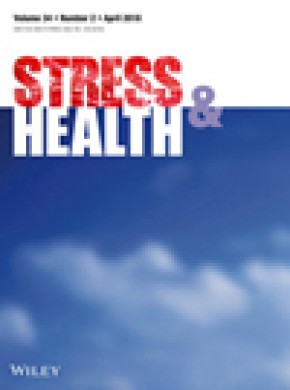
中科院分區(qū) 2區(qū)
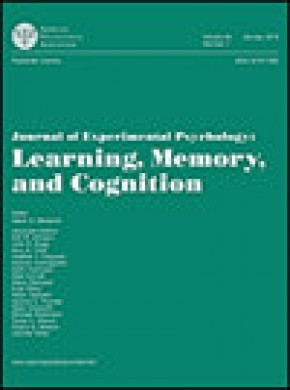
中科院分區(qū) 2區(qū)
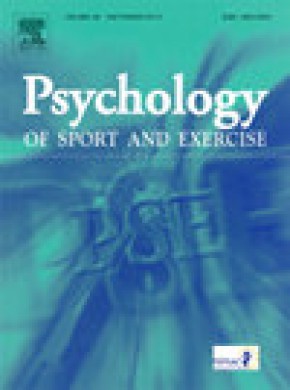
中科院分區(qū) 2區(qū)
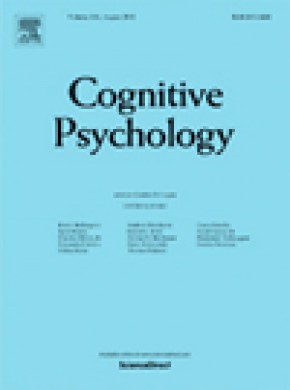
中科院分區(qū) 2區(qū)
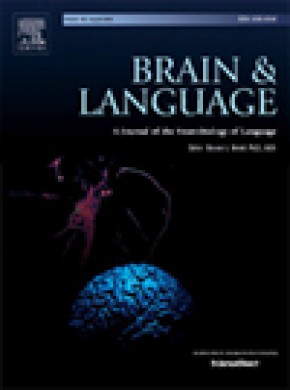
中科院分區(qū) 2區(qū)
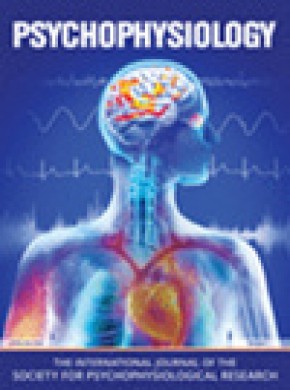
中科院分區(qū) 2區(qū)
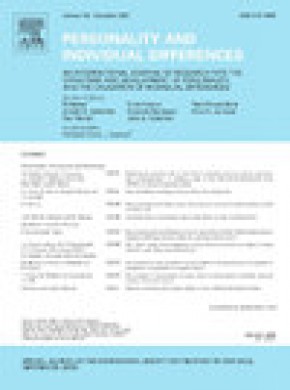
中科院分區(qū) 2區(qū)
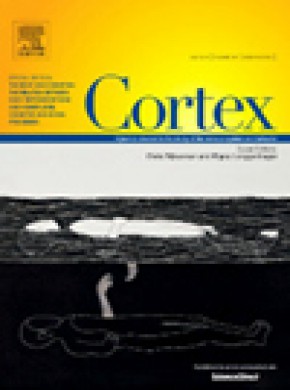
中科院分區(qū) 2區(qū)